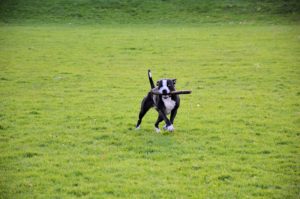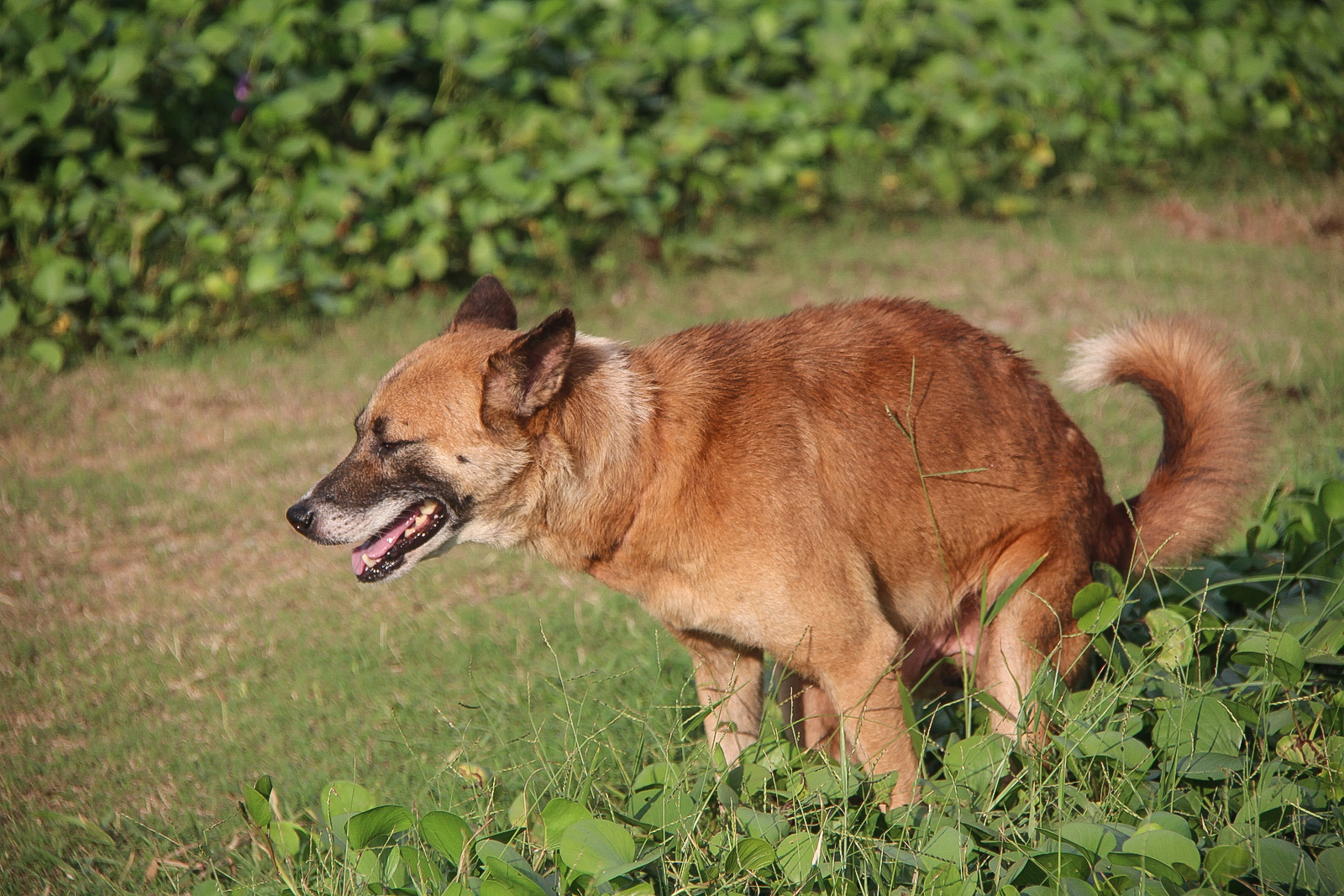Last Updated on June 9, 2024
We all know that feeling – restless, antsy, like you just need to move! Well, our dogs feel it too. Just like us, they need regular exercise to stay happy, healthy, and out of trouble.
And it’s not just about burning off energy. We’re talking about preventing serious health issues, curbing those not-so-cute doggy behaviors, and strengthening the bond you share.
The Exercise Prescription: Why It Matters So Much

Think of exercise as a magic potion for your dog’s well-being. Here’s how it works its wonders:
- Weight Management: Just like us, dogs can pack on the pounds without enough activity. Regular exercise helps them maintain a healthy weight, preventing issues like diabetes, joint problems, and even heart disease.
- Physical Fitness: Exercise keeps your dog in tip-top shape! It strengthens muscles, builds strong bones, and improves heart health. That means a happier, more agile pup for years to come.
- Mental Wellness: A tired dog is a good dog! Exercise is a fantastic stress reliever, reduces anxiety, and keeps boredom at bay. No more chewed-up furniture or endless barking!
- Behavior Bonanza: Regular exercise can work wonders for curbing unwanted behaviors like destructive chewing, digging, and excessive barking. A well-exercised dog is a well-behaved dog.
- Bonding Time: What better way to bond with your furry best friend than by getting active together? Walks, runs, fetch – these shared activities strengthen your connection and create lasting memories.
- Social Butterfly: Exercise often involves interacting with other dogs and people, which is crucial for socialization. It helps your dog build confidence and learn how to behave around others.
Finding the Right Exercise Routine
Remember, every dog is different! The right amount and type of exercise will vary depending on your dog’s breed, age, and health.
- Puppies: Think short bursts of playtime and engaging toys to keep them entertained and stimulated.
- Adult Dogs: Most adult dogs thrive on daily walks, runs, or playtime. Gradually increase the intensity and duration as your dog gets fitter.
- Senior Dogs: Even older pups need to stay active! Talk to your vet about appropriate exercises, like gentle walks or swimming, to keep them mobile and happy.
Important Note: Always watch for signs of exhaustion in your dog, like excessive panting, lagging behind, or reluctance to continue. And if you have any concerns about your dog’s health or ability to exercise, consult your veterinarian.
Ready, Set, Get Moving!
Don’t let your dog become a couch potato! Make exercise a fun and rewarding part of their daily routine. You’ll be amazed at the positive impact it has on their physical and mental well-being – and on your bond together.
What kind of exercise do you recommend?

For young dogs, we recommend that you exercise them by playing with them or purchasing dog toys like KONG Air Dog Squeakair Birthday Balls, or Multipet Plush Dog Toy to keep them active in the house. Once your dog reaches an age of 1 or 2 years old, you could ease them into short runs. You can then gradually increase the pace or distance as they get older. However, do note that not all dogs behave in the same manner, so do note their response to each exercise routine that you put them through. If they display signs of exhaustion, it simply means you are over exercising it, and that itself is a danger. Also, if your dog breed is known to be inactive, then slow walks will be good enough while managing its weight through proper food.
If you need more justification at which why it is important for your dogs to exercise, you can read it here.
 Dog N Treats All dogs deserve to be pampered
Dog N Treats All dogs deserve to be pampered


